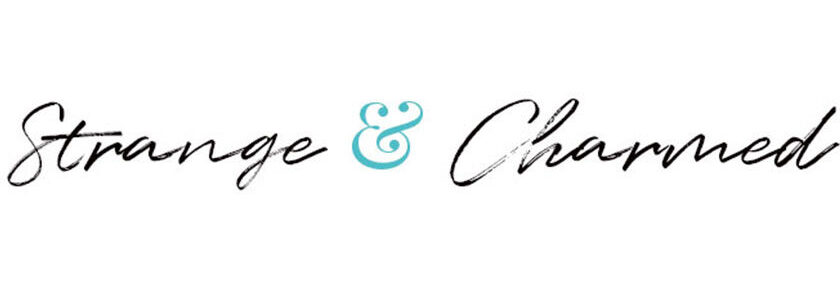Discbound Planners 101: How to Get Started Using a Discbound System
For quite some time now, my planner binding method of choice has been the discbound system. If you are not familiar with the disc binding concept, it is similar to the idea of a spiral notebook, but instead of a solid metal spiral holding the notebook together, you have metal or plastic discs that can pop in and out of a cover. These discs being removable means that you can add and remove paper to your disc bound system as you like, so long as the paper has been punched with a disc binding punch. I love the custom planner I created with the help of the discbound systems, so today I would like to share some key information and resources with you to help you get started creating your own custom planner system using discbound notebooks and binding accessories.
The BEST Features of a Discbound System
1. Customization: The main reason I love using a discbound system as my planner is because it is completely customizable. I can create my own custom planner inside the binding and add and remove items on a whim. I find the disc binding to be very secure, but also easy for you to add and remove elements at the same time.
2. Interchangeability: The next feature I love about discbound system is that they are interchangeable for the most part. Below I will outline some of the most popular discbound planner systems to give you an idea of the options available, but with each system the discs, refills, accessories are interchangeable so you can pick and choose what you want to use from one collection or another to build your perfect system.
3. Flexibility: The final feature I love about discbound systems is that they fold over onto themselves like a spiral bound notebook. I love this flexibility because I am someone who does like to fold a notebook over to write. Although my personal discbound planner is kept inside a notebook cover, I frequently remove my planner portion from the cover to write in it, and of course I fold the system over like a notebook when I do!
The Most Popular Disc Bound Systems
As I mentioned earlier, there are a number of discbound planner systems out on the market currently. Here is a list below with clickable links to help you browse some of the most popular systems to find the right elements to help you build your perfect system.
3. MAMBI Happy Planner from Michael’s, Hobby Lobby etc.
6. Martha Stewart for Avery from Staples
Disc Bound Planner Essentials
1. Discs: The major element of a discbound system are the discs themselves. Across the different branded systems you can find a variety of sizes, colors and materials like plastic or aluminum.
2. Front/Back Covers: Each different branded system for discbound has a variety of different binding covers from thin plastic covers that make simple notebooks to thick leather covers with built in organization elements. Even Etsy and Amazon sellers now make personalized or custom covers for discbound systems, so you can find a style that fits your personal preference.
3. Punch: Of course, if you are interested in creating a customizable system like me, you are going to need to get a discbound punch. I recommend getting one from the system you use most. I personally use the Arc version and love it because although it is a bit larger, it has wonderful guides to help you punch a variety of sizes of paper.
4. Inserts/Refills: Another very necessary element of a discbound system are the inserts or refills you use. Now, as you may already know, I use the Functional Planning Bundle of inserts from my own shop to create my planner system, but most of the major brands also sell calendar, project planning and note taking pages and refills, so if you are not into creating a custom planner with printable inserts like I do, you do have some options. More and more, however, I see that sellers on Etsy are also giving the option to purchase pre-printed and pre-punched discbound compatible inserts, so you have that option as well. You could also use another set of inserts and punch them with your discbound punch as well, if you are looking for something very specific that might not yet be available. I’d recommend checking on size compatibility for your inserts with the system you are using before proceeding with this option.
5. Notebook Cover: Although there are a variety of discbound system covers as mentioned earlier, I also use a leather notebook cover to protect my system. My cover comes from Gigi New York, and is no longer available, but I have also removed the rings from a Filofax to create a cover for my discbound system and with some searching, you can find other notebook cover options online through places like Amazon and Etsy.
How to Create a Custom Planner with the Disc Bound System
If you are interested in a creating your own custom planner using the discbound system, here is a video tutorial I created that walks you through the very simple process. Definitely check out this video and the links I’ve left in this article to help you find the different elements of your ideal planner system so that you can build a planner that is all your own and custom to your needs!
I hope this information has been helpful to you as you evaluate the discbound planner system for yourself. If you have any other questions about the system, feel free to leave me a comment and I’ll do my best to help you get the information you need to create your perfect planner system!

